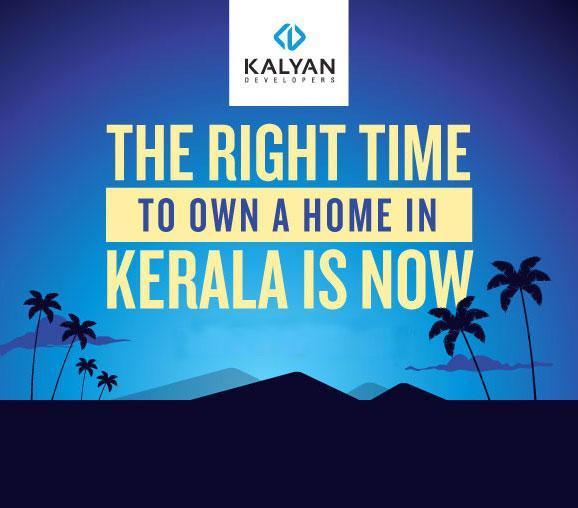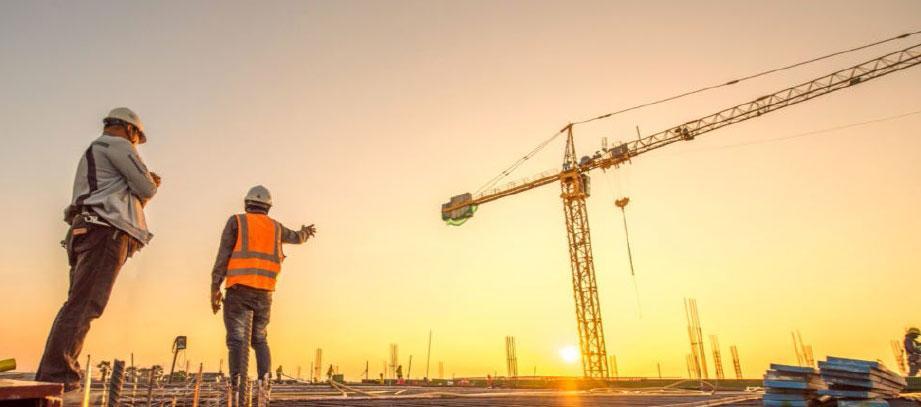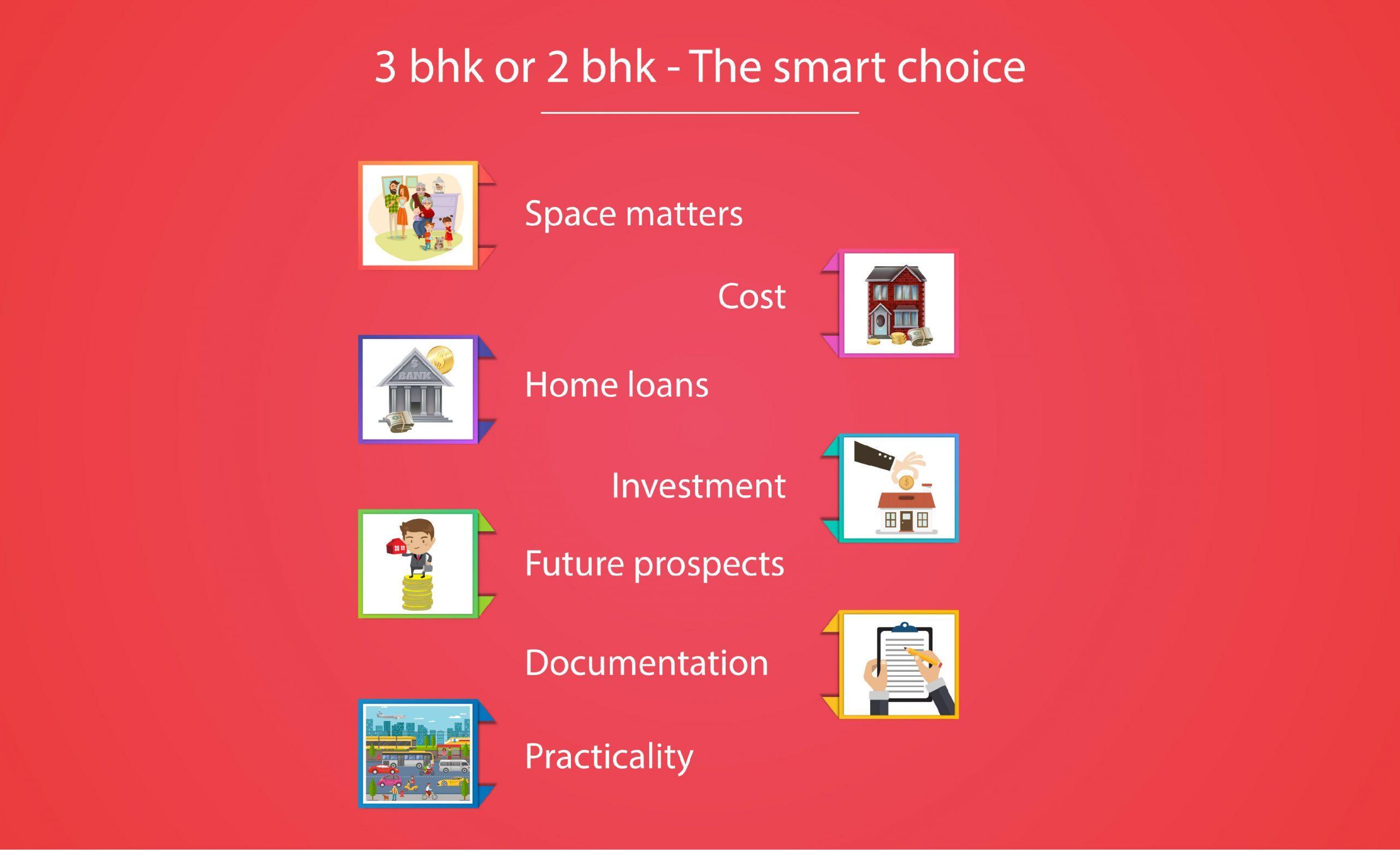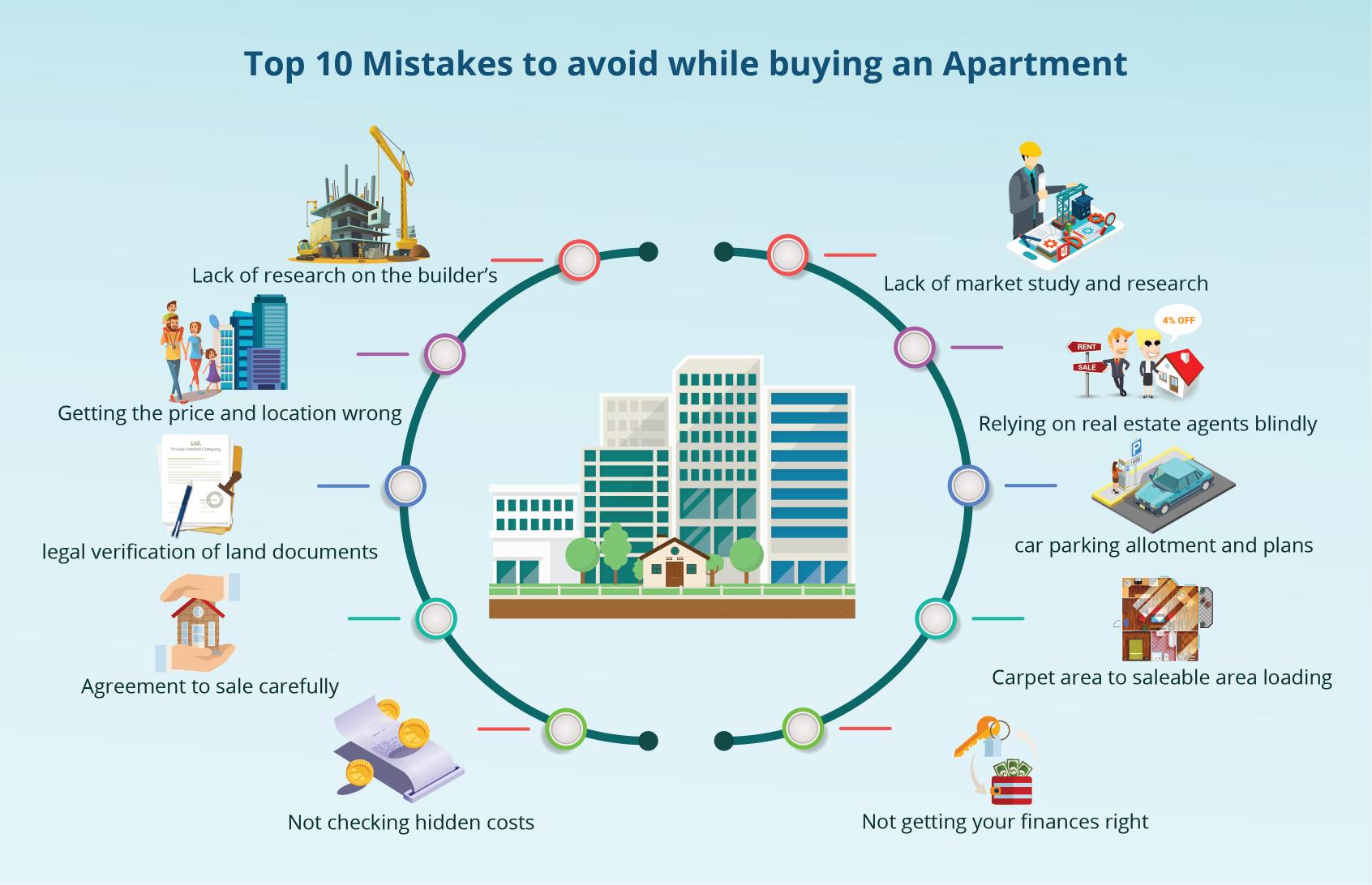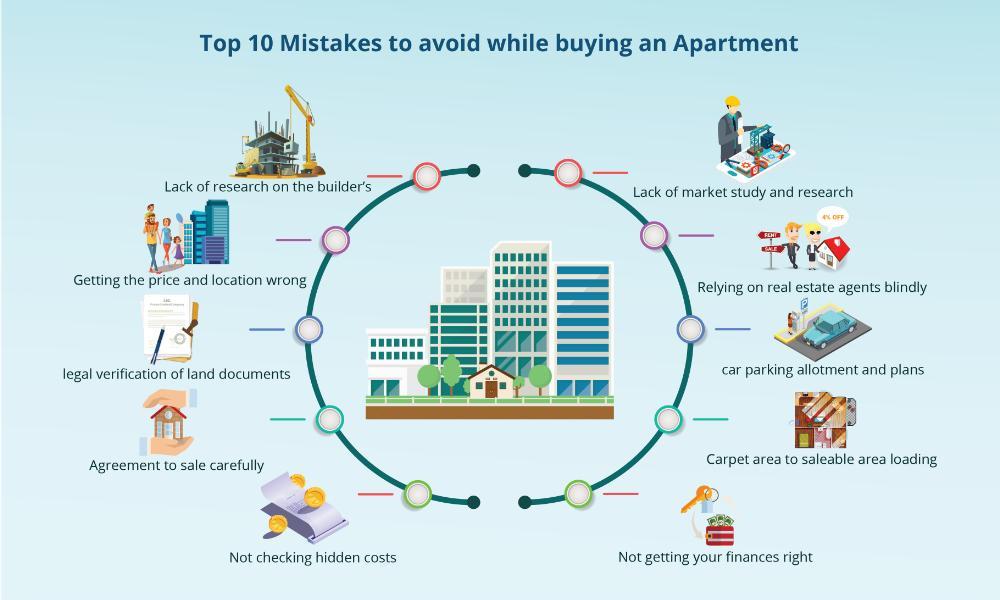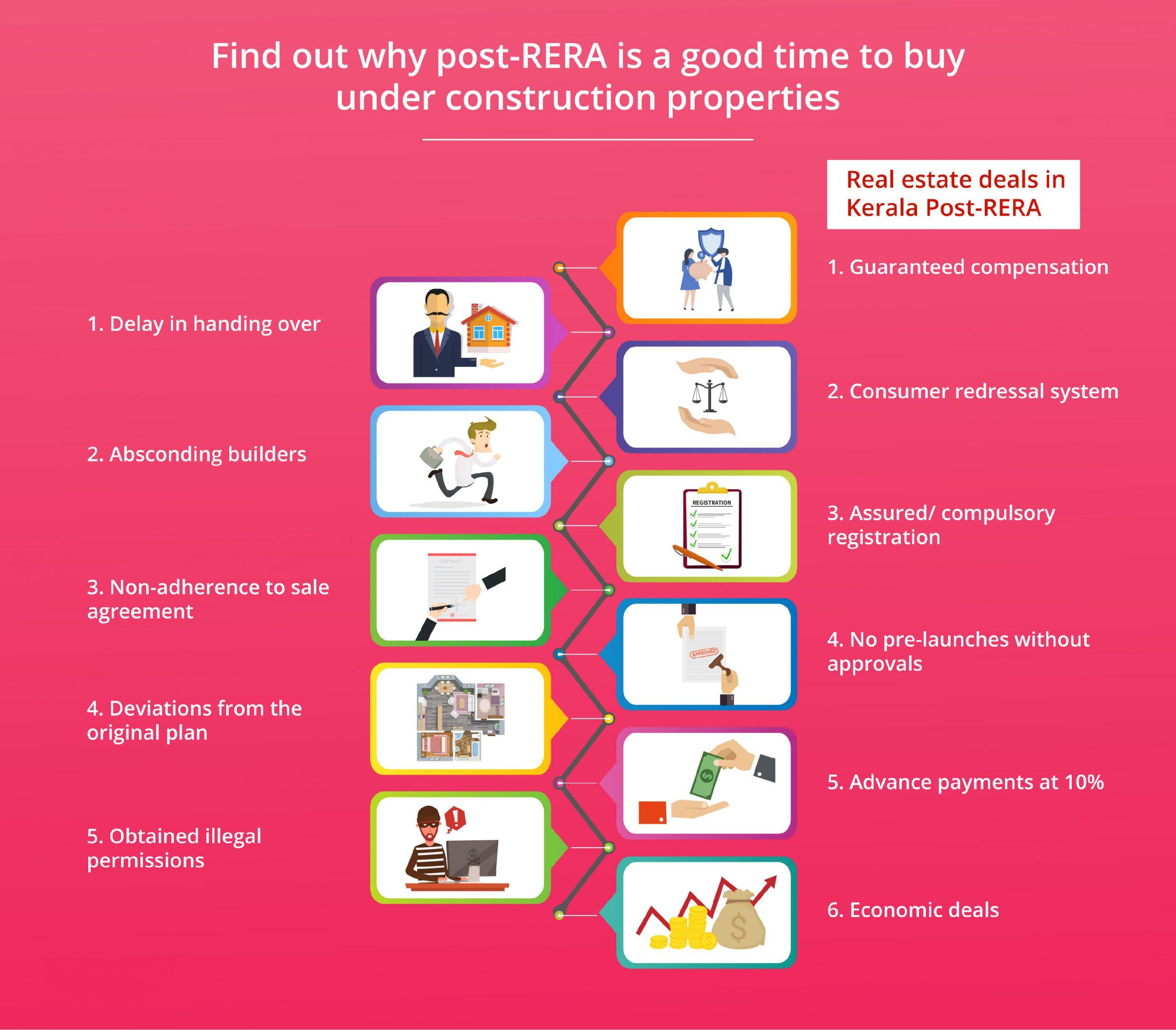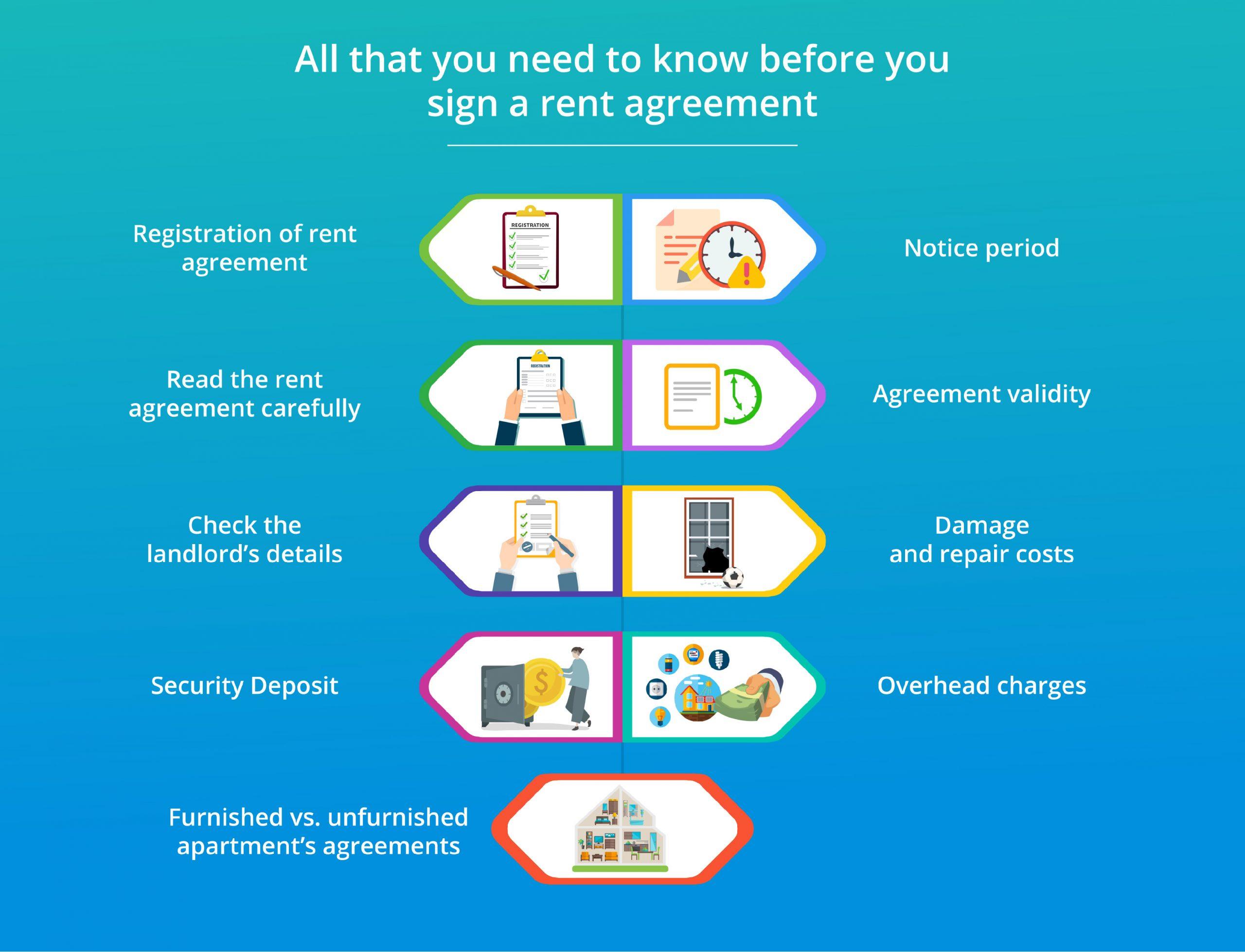As per the notification stated by the Environment Protection Act, 1986 of India, the coastal land up to 500m from the High Tide Line (HTL) and the land between the Low Tide Line (LTL) and HTL along banks of creeks, estuaries, rivers and backwaters subjected to tidal fluctuations are termed as the Coastal Regulation Zone (CRZ).
The notification addresses only the intertidal zone and the land area of the coastal area and excludes the ocean part. The notification imposes a restriction on setting up of industrial buildings and numerous other activities in the CRZ.
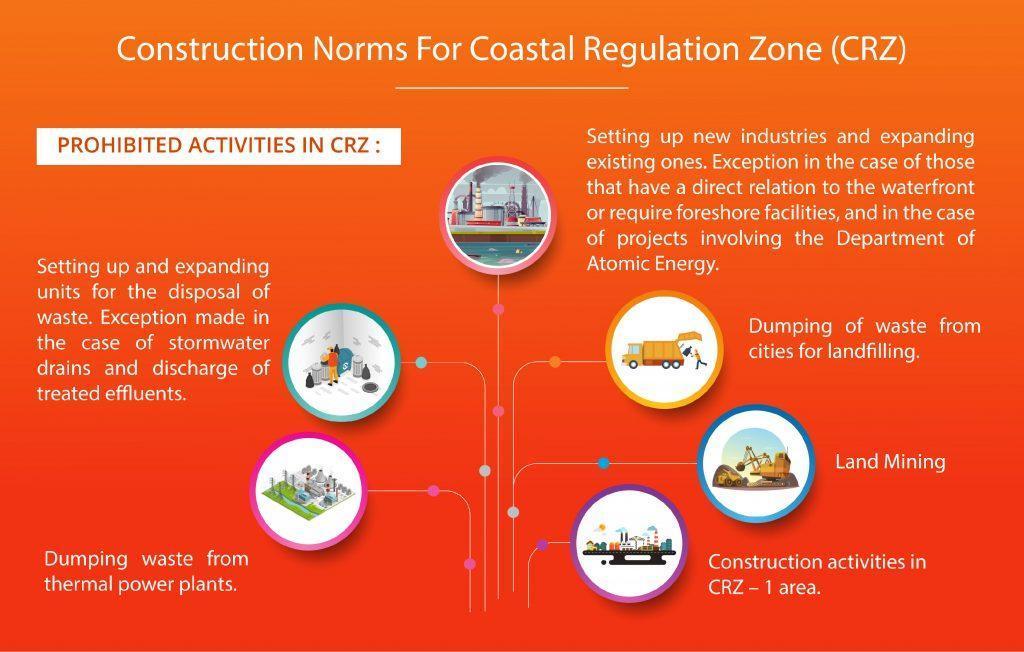
Prohibited activities in CRZ:
- Setting up new industries and expanding existing ones. Exception in the case of those that have a direct relation to the waterfront or require foreshore facilities, and in the case of projects involving the Department of Atomic Energy.
- Setting up and expanding units for the disposal of waste. Exception made in the case of stormwater drains and discharge of treated effluents.
- Dumping of waste from cities for landfilling.
- Dumping waste from thermal power plants.
- Land Mining
- Construction activities in CRZ – 1 area.
Coastal Regulation Zones were notified for the first time in 1991 by the Government of India. Under this, coastal areas have been classified as CRZ -l, CRZ – ll, CRZ – lll, and CRZ – lV.
- CRZ – l: Lies between low and high tide line. These are ecologically sensitive areas such as national parks, marine parks, sanctuaries, reserve forests, wildlife habitats, mangroves, coral reefs, areas close to marine life, historical or heritage areas, areas of rich genetic diversity – that are essential in maintaining the ecosystem of the coast. Exploration of natural gas and extraction of salt are permitted.
- CRZ – ll: These areas form up to the shoreline of the coast. Consists of ‘developed areas’ that lie within the Municipal limits that are already substantially built up and have been provided with drainage, approach roads, and other such infrastructural facilities. Unauthorized structures are not allowed to construct in this zone.
- CRZ – lll: Constitute rural and urban localities which fall outside the 1 and 2 categories. This includes coastal zones in rural areas that are both developed and undeveloped and areas within municipal limits. Only certain activities related to agriculture and some public facilities are allowed in this zone.
- CRZ – lV: Lies in the aquatic area extending up to territorial limits. Comprises of coastal stretches in the Andaman & Nicobar, Lakshadweep and small islands, except those designated as CRZ-I, CRZ-II, or CRZ-III. Fishing and allied activities are permitted in this zone.
Norms for regulation of activities in CRZ
- CRZ – l: No new construction is permitted except for projects relating to the Department of Atomic Energy, pipelines conveying systems that include transmission lines, exploration and extraction of natural gas and oil.
- CRZ – ll: Buildings are permitted only on the landward side of the existing road or on the landward side of the existing authorized structures. These buildings will be subjected to existing local town and country planning regulations including the existing norms of floor space index (FSI) or floor area ratio (FAR).
- CRZ – lll: Areas up to 200 metres from HTL is earmarked as ‘No Development Zone’. However, agriculture, horticulture, pastures, parks, gardens, forestry, play fields and salt manufacturing from seawater is permitted. Vacant plots between 200 and 500 metres of HTL in selected areas can be developed on prior approval from the Ministry of Environment and Forests (MEF).
Between 200 and 500 metres of the HTL, construction or reconstruction of dwelling units are permitted if they are in the field of traditional rights and customary uses such as existing fishing villages. But building permissions will be subjected under conditions such as the total number of dwelling units shouldn’t exceed that of existing units, the total covered area on all floors shall not exceed 33% of the total plot size, the overall height of the constructions shouldn’t be more than 9 metres and must not exceed 2 floors – i.e. ground plus one floor.
Reconstruction or alterations of an existing authorized building permitted subject to the above-mentioned points.
CRZ – lV:
Andaman & Nicobar Islands:
No new construction is permitted within 200 metres of the HTL. Buildings between 200 and 500 metres from the HTL shouldn’t exceed more
than 2 floors – ground plus first floor, the total covered area on all floors should not exceed 50% of the plot size, and the height of the construction should not be more than 9 metres.
Lakshadweep & small islands:
Depending on the size of the islands, the distance from HTL is decided for permitting construction. This decided after the approval of the Ministry of Environment and Forests, keeping in view the land use requirements for specific purposes.
Buildings within 500 metres from the HTL should not have more than 2 floors, the total covered area shall not exceed more than 50% of the plot and the total height should not be more than 9 metres.
For those who are looking for apartments or luxury properties set in the serene backdrop of Kochi alongside the pristine backwaters, knowledge of the CRZ norms is a must. There have been numerous cases in courts in Kerala ordering demolition of resorts, villas and apartments for violating CRZ norms even recently.
An approval from KCZMA (Kerala Coastal Zone Management Authority) & SEIAA (State Environmental Impact Assessment Authority) is a must to ensure that there are no violations or future problems .
Well, this shouldn’t happen and with the right builder at your service, this never will. With Kalyan Developers – the trusted builders in kerala, and their upcoming waterfront project Kalyan Panoramas set in the beautiful waterfront locale of Thevara, you’ll have the perfect abode – the one that balances tranquility and vibrancy in equal measures. (attached Copy of KCZMA & SEIAA Approval).
